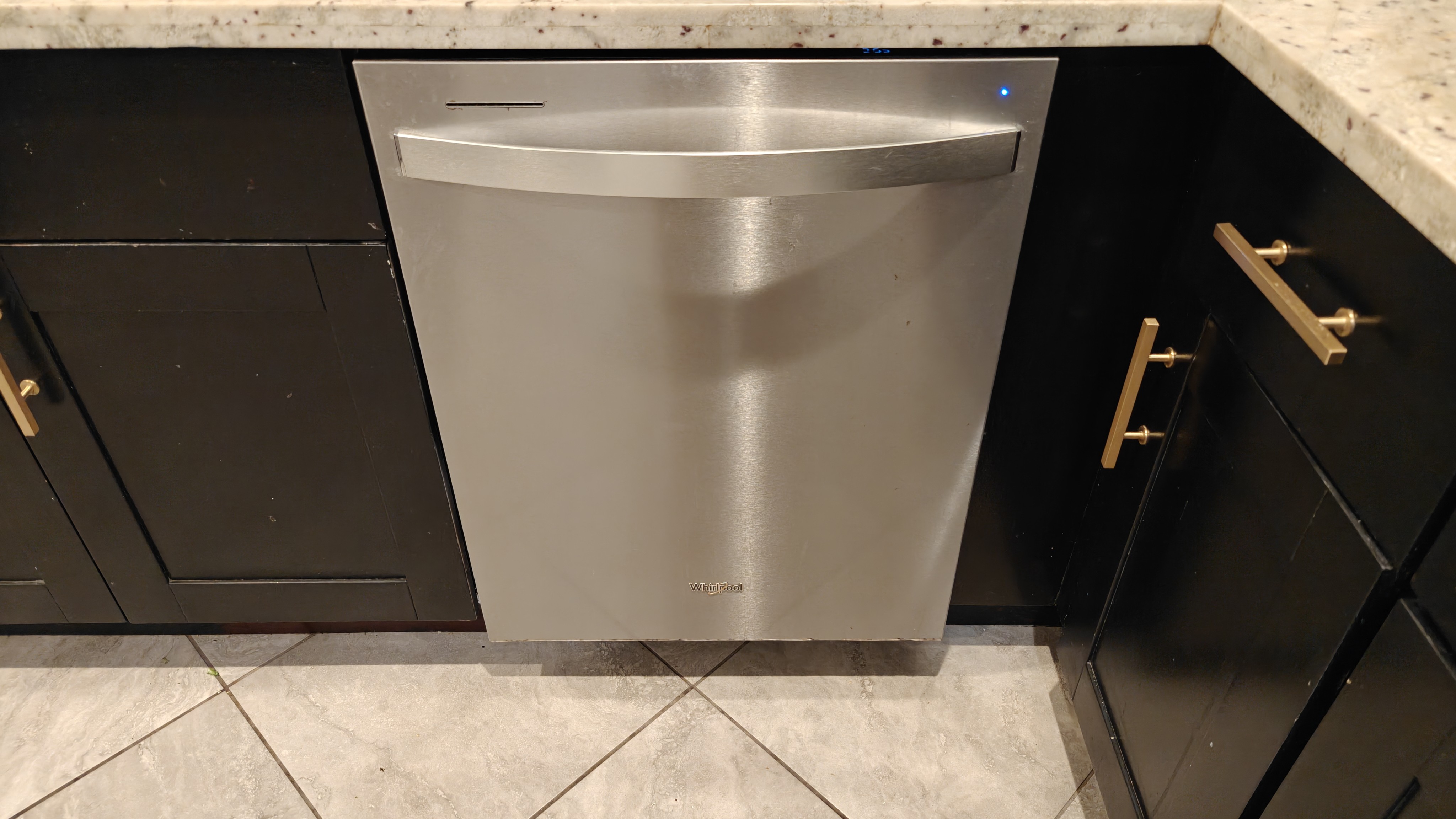Best remote control cars: for kids and adults alike
Charge your batteries for the best remote control cars you can buy today
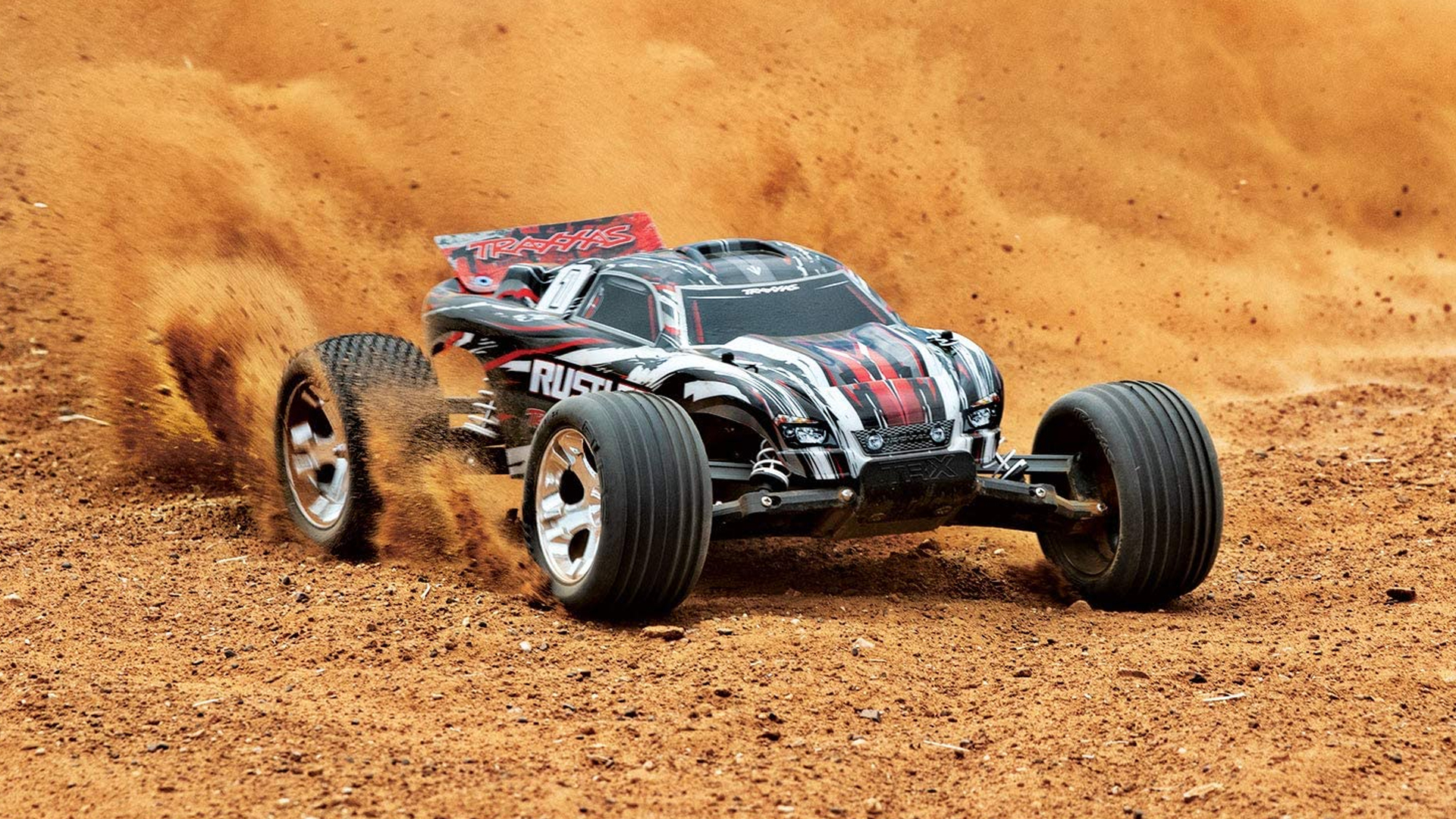
Looking for the best remote control car can be daunting as there are many options to choose from. With varying shapes, sizes, and speeds, it can feel like an endless search to find the perfect one that suits your needs. While Traxxas, ARRMA, and Redcat Racing are some leading brands, it's essential to consider other manufacturers to ensure that you find the right RC car for yourself or your loved ones.
When you are looking to purchase an RC car, there are a few important factors that you should consider beyond just the price. For instance, you must consider the type of racing you want to engage in, whether you prefer straight-line speed or sharp turning and drifting power. You should also consider the stunts you want to perform and whether you want a car that you can modify for various situations or if you want to roll over the top of other cars in a monster truck. Considering all these factors, you can make an informed decision when choosing an RC car that best suits your needs.
Alternatively, you may opt for specialized vehicles that you can choose between depending on the course conditions. As a beginner, it's essential to note that you will most likely crash your RC car a lot. Therefore, looking for a durable, rugged model that can withstand a few accidents is critical.
Though battery technology has advanced significantly in the past decade, the number of cells that can fit into a single chassis is still crucial. You should consider the battery types available and whether the car you're interested in comes with one included in the package or if you need to buy it separately.
When it comes to control, you can either use the controller that comes with the car or customize your own to suit your needs. If a twist controller isn't enough, you can opt for twin sticks or a smartphone.
Meanwhile, if you’re unsure whether RC racing is for you, how about something more relaxing, like the best electric trains?
The best remote control cars we recommend
Why you can trust Top Ten Reviews
Top Ten Reviews is on a mission to review everything we feature in our buyer's guides. Still, while we work hard to make this a reality—or where this isn't possible—some of our guides still feature rankings based on our team's considerable expertise and research.
While we haven't been able to test any of the units in this guide in person, we've instead honed in on top-rated brands and used our knowledge of the best features to help you make the right decision for your home, all for the best price.
The best remote control car overall
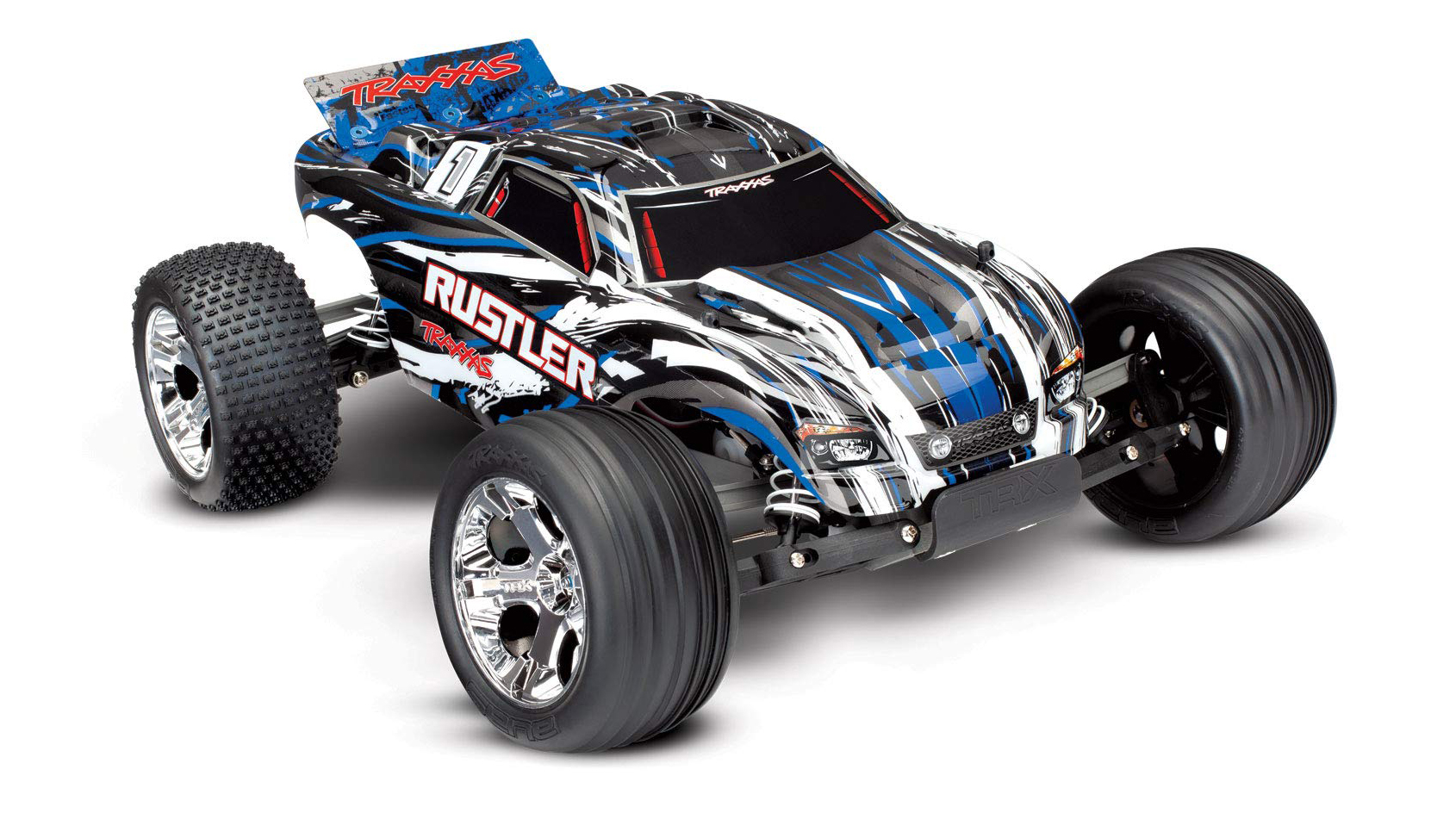
1. Traxxas Rustler XL-5
Specifications
Reasons to buy
Reasons to avoid
The Traxxas Rustler XL-5 takes the top spot on our list of the best remote-controlled cars because of its near-perfect blend of features. These are also topped with a price tag that seems impossible for a car at this level. As such, this is the car that will suit most people.
It's easy to set up and use. The 7-cell NiMH rechargeable battery pushes the Rustler up to 35mph, making this fun. That is limited to 15 minutes per charge, though you can upgrade this. There's good ground clearance to avoid knocks and bumps, plus sealed electrics, so this works in water, snow, and mud, making this good even for beginners.
The steering wheel controls the remote, allowing you to drive the two-wheel drive car precisely using that wheel and a trigger. Thanks to the large traction-heavy tires, this will easily take on most terrain. The price is relatively low, but battery and charger are often sold separately.
The best remote control truck for older kids
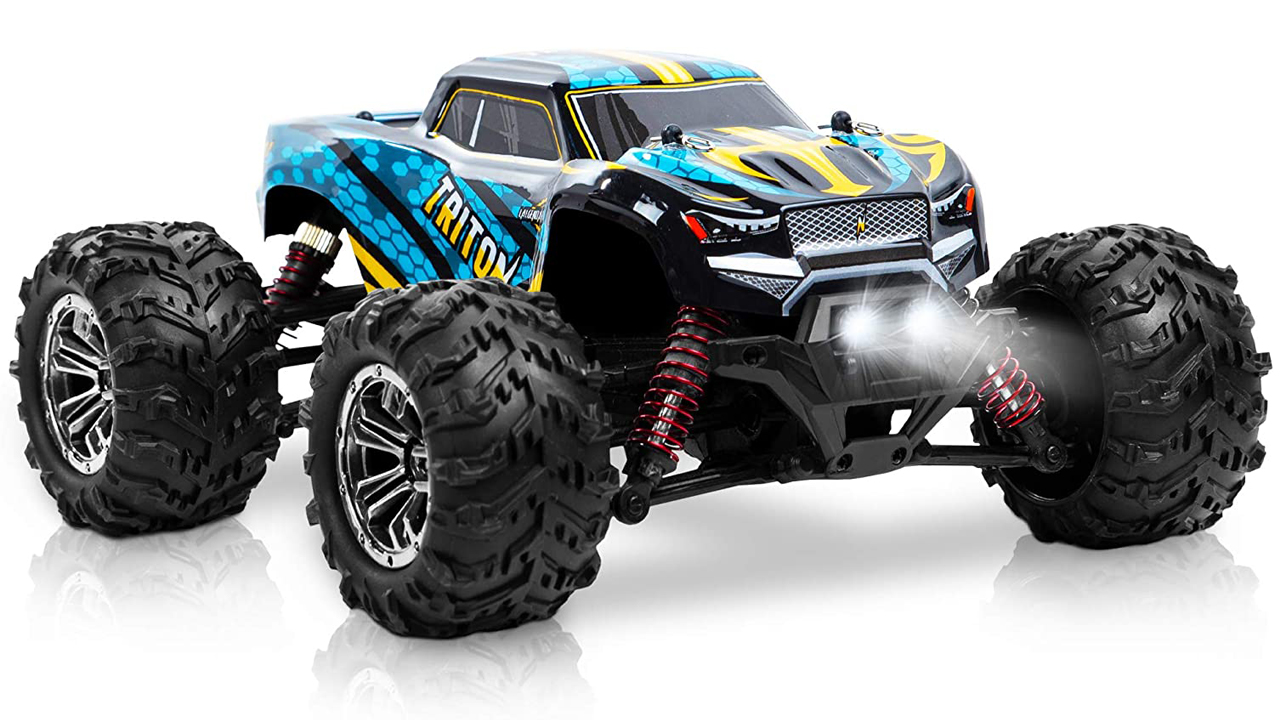
2. Laegendary Off-Road RC truck
Specifications
Reasons to buy
Reasons to avoid
No, that's not a typo, Laegendary is the brand, and monster trucks are what it's good at making. As such, this off-road truck is every bit as all-terrain as it looks with those chunky tires and that high suspension setup.
This is built rugged, so it can take a knock or three, even when tearing about at that 20mph top speed. With a 40-minute battery life, this is ideal for going out in nature without worrying about plugging in to recharge. Sure, they take a while to recharge, but since they come built-in, they're easy to use, making this an affordable all-in-one option.
The shock absorption system is metal and set up to clear rocks, branches, and anything offroading might throw at you. This even has headlights to keep going in darker times, which also looks cool. There's little worry about obstacles as the pistol grip remote is super sensitive so that you can control the car very accurately; as such, it's aimed at older users.
The best value remote control drift car
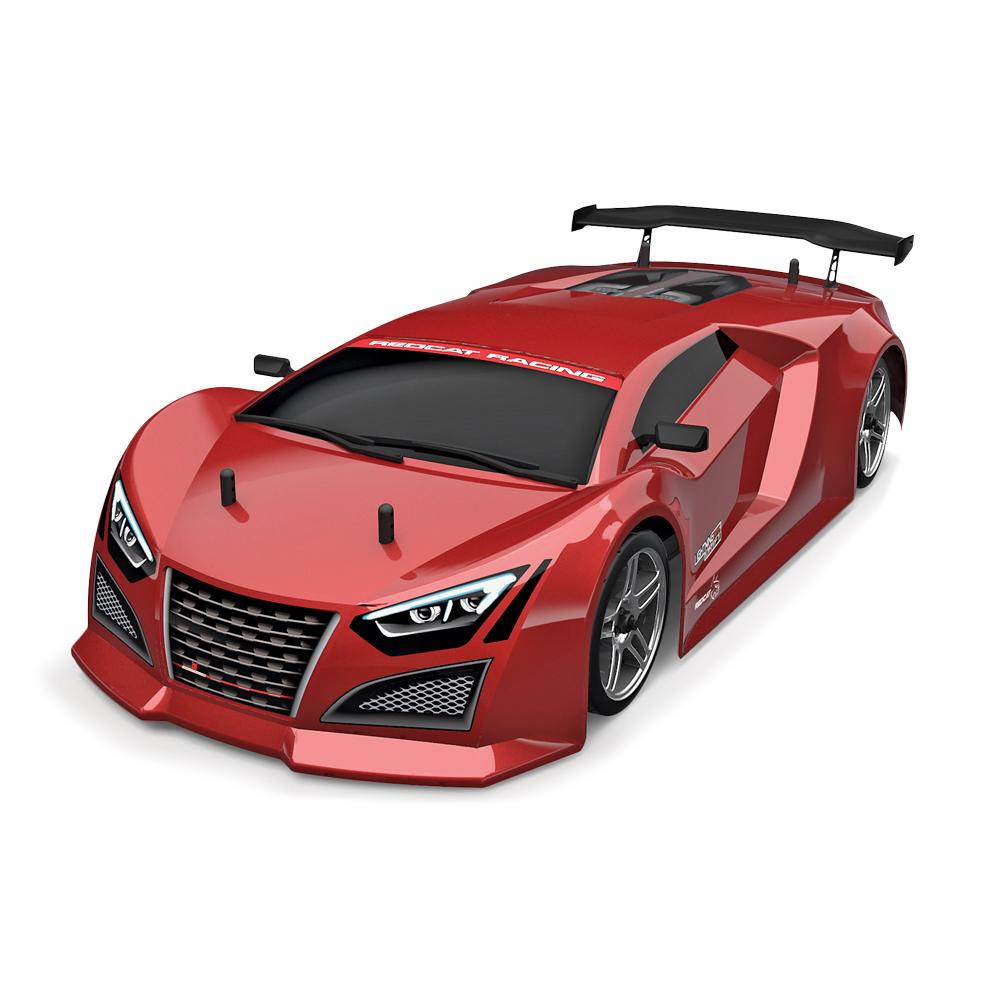
3. Redcat Racing Lightning EPX Drift
Specifications
Reasons to buy
Reasons to avoid
Drift car fans, this is what you've been looking for. The Lightning EPX is fun as it's specifically designed for sideways racing. This is thanks to a four-wheel drive system that features low-grip rear tires. So even though this tops out at 15mph, it's more about how you drive this than how fast.
You get 15 minutes of sliding fun before the 7.2v 2000mAh battery will start to give in. And that's based on your driving on a smooth surface – which is ideal to get the most drift.
You will need eight AA batteries for the controller, so be sure to buy these - and spares - when you spend on the car itself. It'll be worth it for all the fun this drift car creates.
The best remote control stunt car
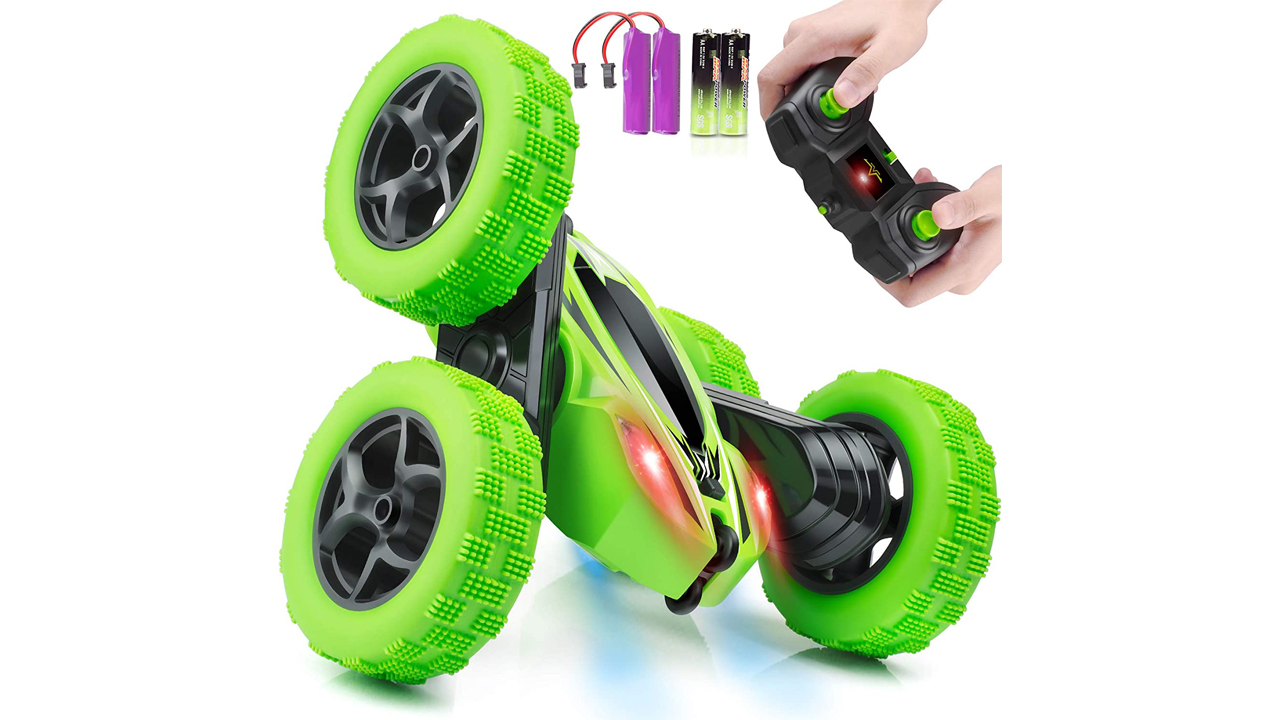
4. ORRENTE Stunt RC Car
Specifications
Reasons to buy
Reasons to avoid
The Orrente Stunt car is a great choice for anyone who loves to do tricks and is especially well-suited for kids. It means not only driving a remote-controlled car but one that can flip and contort in ways mom and dad's car could only dream of.
Aimed at ages 6-12, this affordable stunt car can drive each side separately. That means the controller uses two sticks that can be mastered for fun tricks. This is easy to use but takes some time to master.
This multi-terrain RC car will do flips, and it'll rotate and drive in tight circles using that two-stick 2.4Ghz controller – meaning multiple can be raced without the worry of interference. Just expect batteries to get used up fast – thankfully, it works with rechargeable ones, so boosting back to full doesn't have to be expensive.
The best remote control car for speed
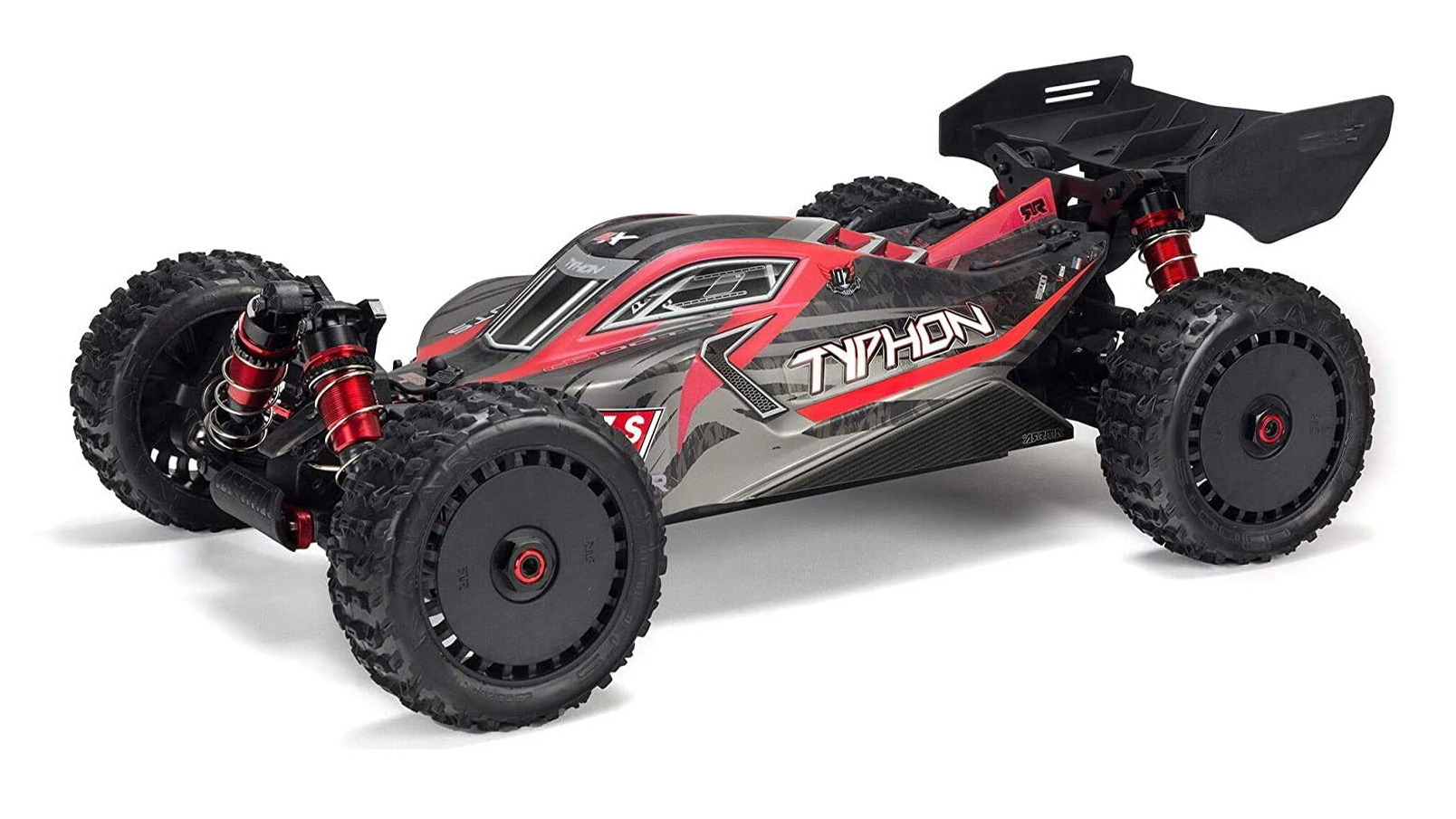
5. Arrma Typhon 6S V4 4WD BLX Buggy
Specifications
Reasons to buy
Reasons to avoid
For all-out speed, this is the car to go for. With the right battery, this can hit a mind-bending 70mph. Yup, that does mean this will burn through tires fast, but it'll be worth it for the blisteringly fast fun.
If that speed sounds worrying, the company is all about rugged building. In fact, it encourages racers to play with friends at speed and to push the limits, even to the point of risking crashing. The plastic is super flexible, and the front basher plate is made to take head-on collisions. The backing of a two-year warranty helps to support this claim of toughness. And frankly, at this price, you'd expect that.
The 2050Kv brushless motor gets you all the power from the trigger wheel remote. This Spectrum SLT3 radio is light and comfortable, with responsive controls and easily adjustable tracking. Arrma has built a speed demon that's good for racing, jumping, and even getting out in the wet and muck. When the tires wear down, you can even drift. This does it all very well.
The best remote control car for tough terrain
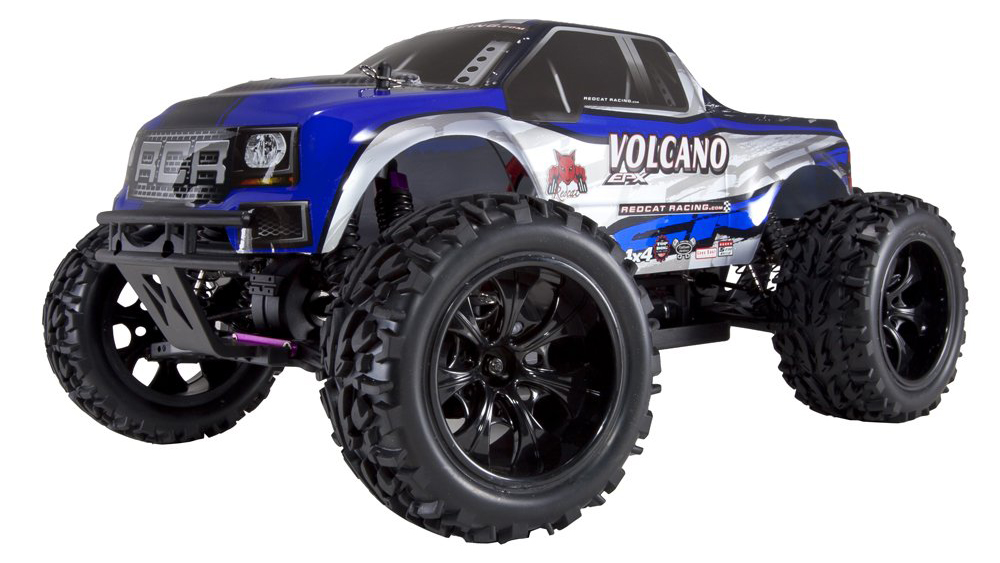
6. Redcat Racing Volcano EPX
Specifications
Reasons to buy
Reasons to avoid
Look at that 4WD truck; you'll immediately realize this is built for off-roading. Chunky tires, high suspension, and a rugged front basher plate all scream tough. This is made for off-road fun.
The Volcano EPX has such a high ride height it'll take care of rocks, high grass, and anything besides. Should it hit a bump, that suspension is super-tuned to ensure the overall ride remains smooth, even when hitting the 19mph top-end speeds.
The 7.2v 2000mAh NiMH battery powers that four-wheel drive system and is rechargeable when it's time to boost up. Expect the wheels and suspension to take the brunt of the off-road driving beatings, leaving the car intact and ready to race another day.
The best remote control car for beginners
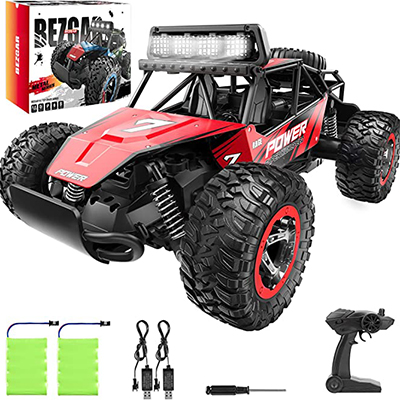
7. BEZGAR TB141 RC Car
Specifications
Reasons to buy
Reasons to avoid
If you want an entry-level RC car to kickstart your collection, this BEZGAR off-road monster truck is a great option. Reviews say it's intuitive to use and has a 1/4 scale, making it easy to navigate - ideal for kids or those getting started.
It has large truck wheels that do well on concrete, asphalt, and dirt and will easily accomplish jumps and donuts with good power. Reaching speeds up to 20 km/h with a strong built-in brushed motor, you can have plenty of fun using this car. It's also got a 2.4GHz non-interference remote controller and a radio control distance of around 50 meters, making the truck ready to run without losing signal.
The best remote control Lamborghini replica
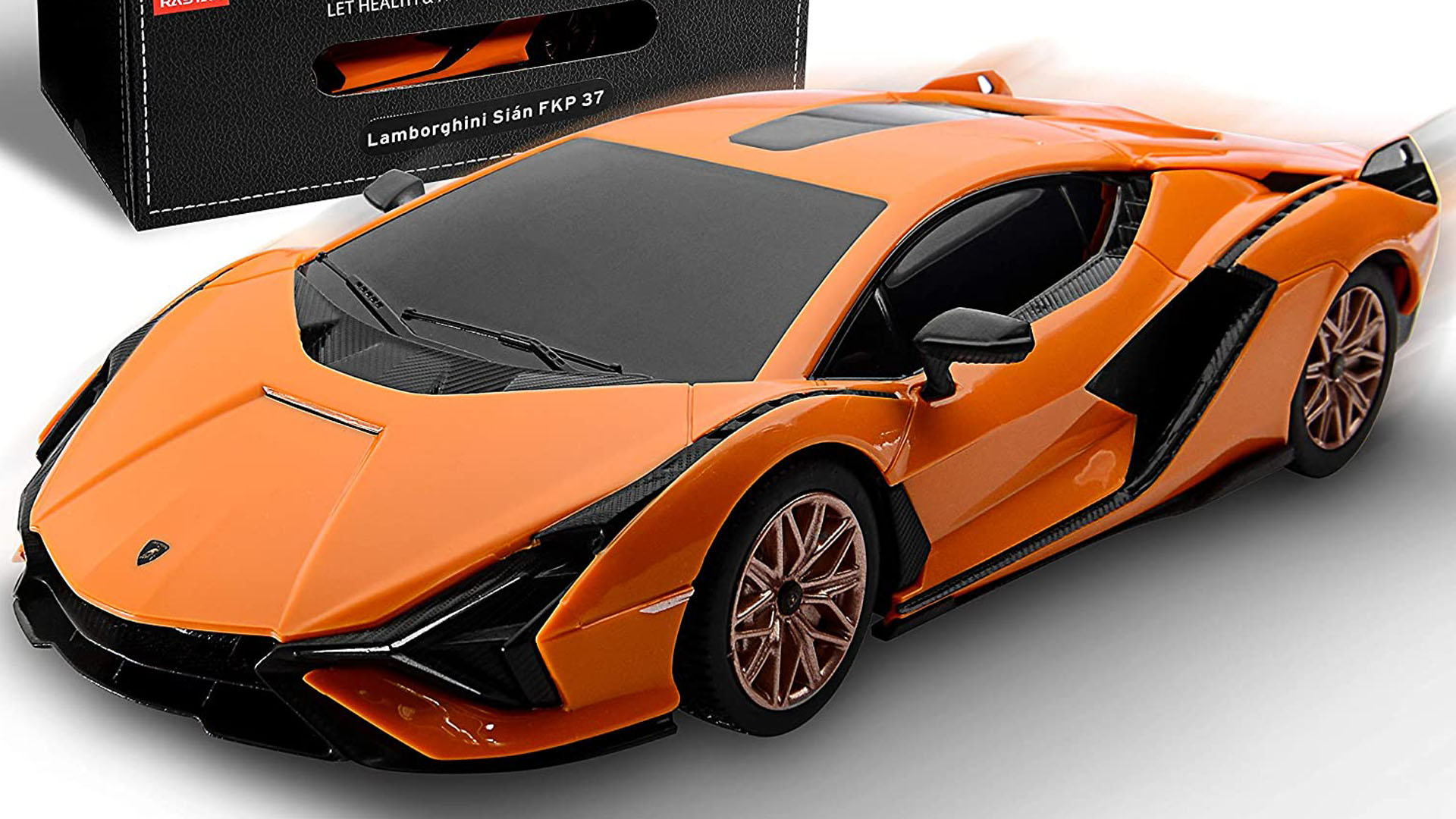
8. BEZGAR X RASTAR Lamborghini Aventador SVJ
Specifications
Reasons to buy
Reasons to avoid
As replica cars go, this is a stunner, looking just like the gorgeous Lamborghini Aventador, only at a 1:24 scale. Despite being modeled on such a premium machine, this is super affordable to buy. The catch? It will require 24 AA batteries, so either have rechargeable ones ready or a whole load of spares.
That said, it won't chew through the battery fast as this is limited to 4mph. It's ideal for younger drivers, then. That said, it has been known to drift, too, so there is still plenty of fun to be had with this car. And with a 2.4GHz controller, it can go up to 80 feet away before losing signal.
You can even pick the Lamborghini color with suitably loud orange and yellow options available.
The best remote control Ford replica
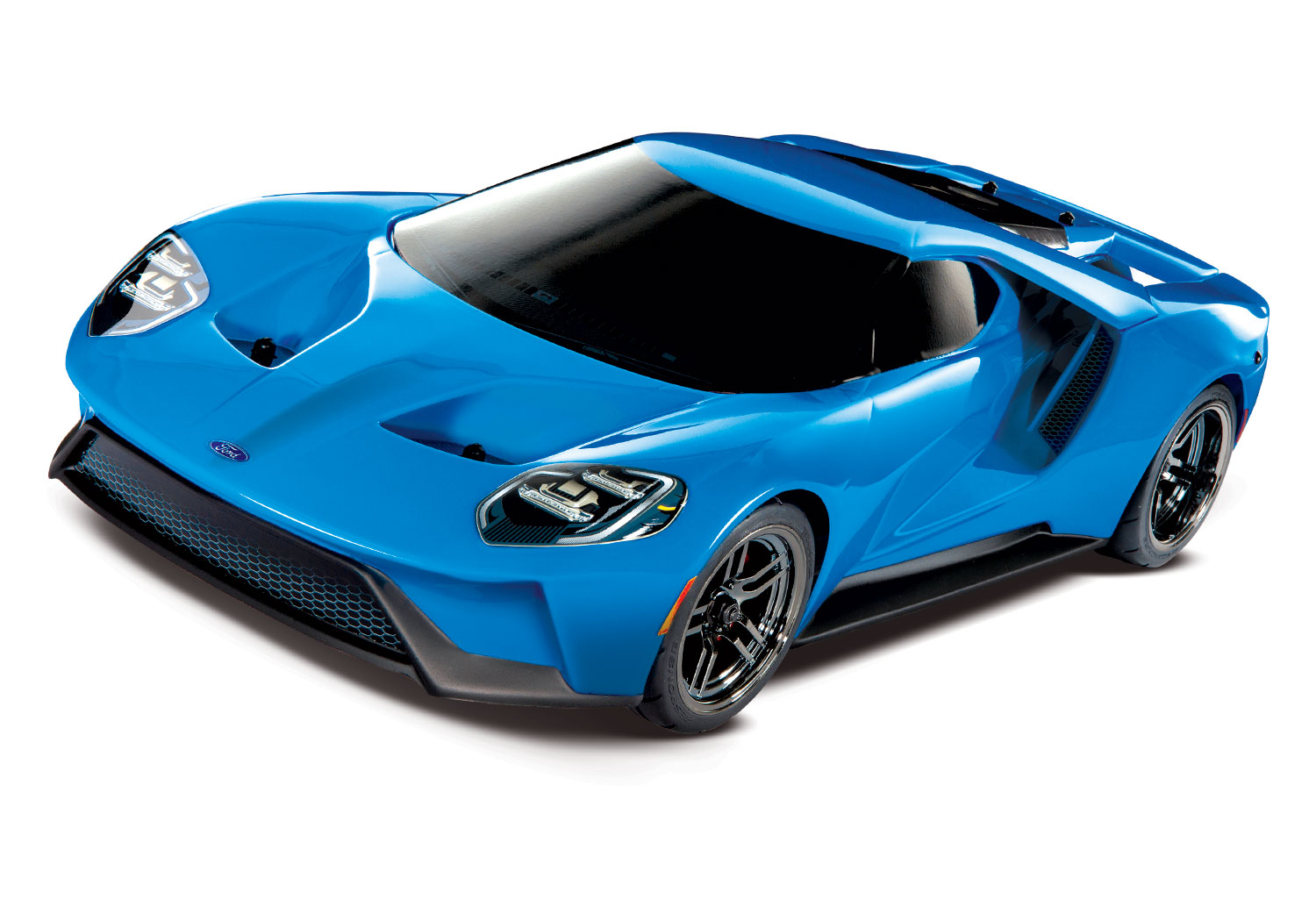
9. Traxxas Ford GT
Specifications
Reasons to buy
Reasons to avoid
This is a 1/10 scale version of the famous Ford GT, an already low-to-the-ground car. As such, this is built to look great, to go fast, and to eat up roads. Best kept to smooth surfaces, this remote control car can top out at an impressive 30mph. And using the TQiTM 2.4GHz radio system, you have instant control precision that's good for racing against other cars.
Even when standing still, this is fun with that accurate reproduction of the real car, right down to the injection molded exhaust tips, replica wheels, and aggressive tire tread pattern. You can pick your color with Liquid Blue, Liquid Red, and Liquid Grey options – but we all know a real Ford GT is best in blue.
How to choose the best remote control car
People choose specific remote control cars for a few different reasons, but the main reason is their performance. RC vehicles are built for racing, so you will want to look for one that can go fast over the type of terrain that you will be racing on. You should also look out for the sturdiness of construction, as unexpected pit stops can really infringe on your lap times.
Speed
You will want your remote-controlled car to go fast, but ensure it can handle the speed and remain controllable as the needle rises. Increased speed means trickier turning but more impressive jumps and drifts, so generally, you'll want any extra power you can get unless you're buying one for a younger child when something that crosses the floor at a slower pace might be required.
Handling
Check out the size of the wheels and the tires around them. Bigger, wider wheels mean better grip. This helps speed up without spinning and means you're less likely to lose the back end as you corner - unless you're into rifting, of course. Match the tires to your intended racing surface - slicks or semis for hard, flat tarmac, and off-road tires for almost everything else.
Durability
Crashes are inevitable and can be some of the most exciting parts of an RC race. Having said that, you don't want to be left with a pile of plastic shards where your prized RC car used to be. A car that you can easily repair, whether by snapping parts back on with your hands or using simple tools, will get you back in the race more quickly. Off-road vehicles can take knocks from curbs and walls on their larger tires, but road racing cars may need careful nursing around sharp bends to avoid scratches to headlights and paintwork.
Remote control car FAQs
What are the best remote control car brands?
There are several well-respected names in the industry. Traxxas, Arrma, and Laegendary cars are well-regarded by hobbyists and amateurs alike. These brands are reputable for building fast, reliable, and powerful cars that can withstand many accidents. We like Redcat Racing, too, as they create super affordable models that look pretty slick. Sure, they might not have the power of one of those Traxxas monster trucks, but when you want something that looks great on your shelves and the racing track, Redcat Racing is an excellent choice.
How much do remote control cars cost?
A good model up to 30 mph will cost around $300-$400. These models usually come with a year-long warranty to protect your initial investment. You can buy cheaper models that will hit around 15mph for a lot less (usually around the $100 price point). Cheaper models will often have a shorter warranty of around 90 days.
How fast are remote control cars?
In general, the top speed you can achieve with a remote-control model will be 70mph. However, these speeds are only attainable if you buy one of the top-tier models built for race tracks. If you’re considering buying one of the all-terrain, off-road models, these tend to max out at around 20mph. But their sturdy bodies and sealed electronic systems mean you can still have fun. Cheaper models tend to be slower, reaching around 15mph max.
What are the different types of remote?
The remote control is your interface with the RC vehicle. It is important to choose a car that comes with a remote suited to your skill level. Some remotes are simple, while others are more complex and suited for experienced racers.
2.4GHz pistol-grip style: The most advanced type of remote offers proportional control over steering and throttle, as well as increased range and customizability. While these features appeal to the advanced or adult user, young children will struggle with such sensitive controls.
Bluetooth connection: The second type of remote is really not a remote at all. Many vehicles, yet just one in our review, use a Bluetooth connection for control. This allows you to use a phone or tablet with your vehicle and opens a new world of possibilities. This option allows you to stream music, operate turn signals, and even open your vehicle's doors. However, you pay for these additional features with decreased range and increased difficulty in actual driving.
Two-button controllers: The third type of remote is the two-button controller. Pressing the button on the left causes your vehicle to veer to the right while pressing the button on the right results in the vehicle turning to the left. When both buttons are pressed simultaneously, the vehicle travels straight ahead. While this doesn't offer much freedom or precise control, it is a great way of simplifying things for kids.
Sign up to receive the latest news, reviews, buying guides and deals direct to your inbox
Caleb works in Partnerships for Inside.com, and has written extensively for Top Ten Reviews about cameras and image technology. He graduated with a Bachelors degree in Digital Communications and Media from Weber State University, and currently works in New York. He is no longer a regular contributor to this website, but his Top Ten Reviews legacy lives on.

